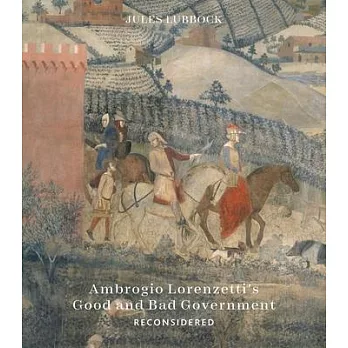A new examination of Ambrogio Lorenzetti’s Good and Bad Government through the lens of the Hymn to Justice.
In 1338 Ambrogio Lorenzetti painted three huge frescoes known today as Good and Bad Government on the walls of the Sala dei Nove, the Room of the Nine, in the Palazzo Pubblico in Siena, where the city’s nine executive magistrates presided over the destiny of this famous commune. The frescoes were meant to be strong visual reminders of the Nove’s duties and an admonishment of the nefarious effects of bad government. Good and Bad Government has become one of the most widely reproduced works of the early Renaissance and is recognized for its many innovations, including the first European panorama of a cityscape and countryside. But what sort of visual journey was Ambrogio asking the Nove to make? The murals have become one of art’s great puzzles, challenging scholars and the public alike. They have been studied as symbols and allegories of abstract political concepts in which good and bad government are starkly juxtaposed; scant attention, however, has been paid to the images themselves. This book attempts finally to illuminate Ambrogio’s pictorial strategy by reading it in light of the Hymn to Justice inscribed upon the walls. The frescoes enrich the poet’s message, subtly changing and even subverting it. Instead of a pictorial lecture straightforwardly contrasting a utopia with a dystopia, Ambrogio blurs the binaries and invites the viewer to look beneath the idyllic surface of Sienese civic life.Ambrogio Lorenzetti’s Good and Bad Government Reconsidered sheds new light on one of the most important artworks of the early Italian Renaissance, presenting a fresh reading of its rich artistic message.



 天天爆殺
天天爆殺  今日66折
今日66折 




























 博客來
博客來 博客來
博客來 博客來
博客來 博客來
博客來 博客來
博客來